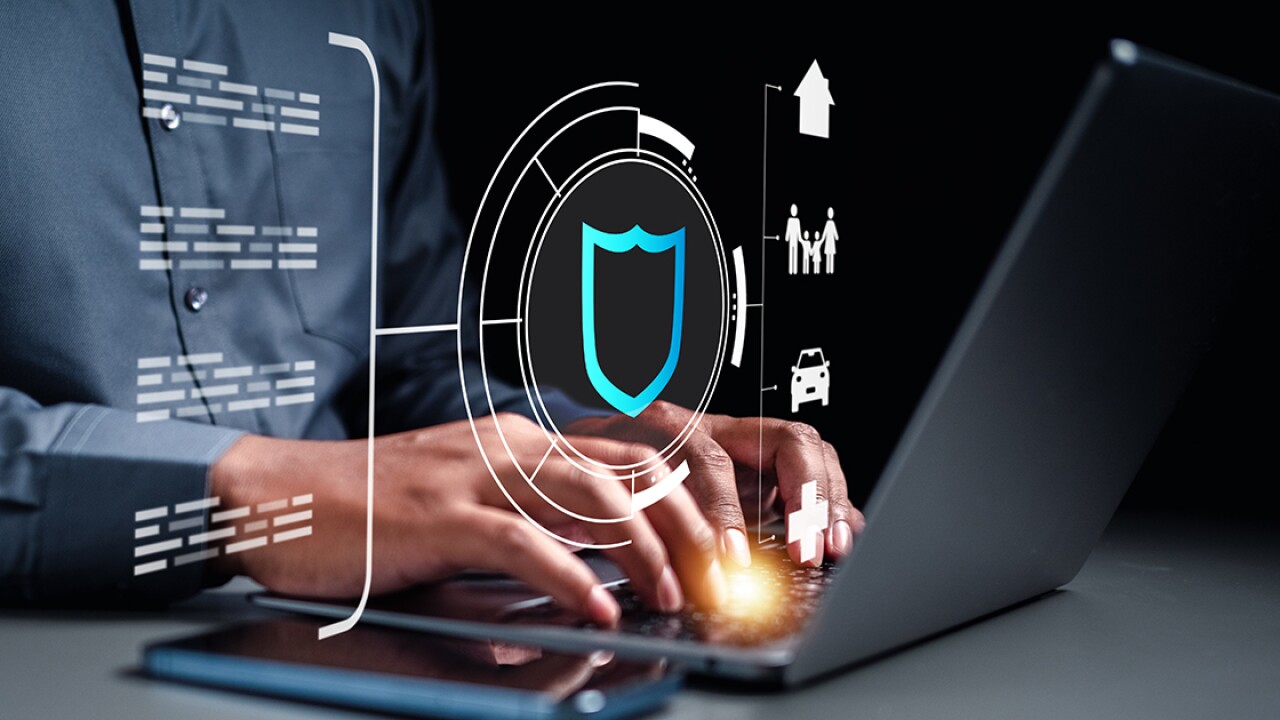Geospatial data makes it possible to use point-to-point mapping apps to reach unfamiliar destinations, track the incoming flights of loved ones before heading to the airport or even check weather forecasts. Moreover, digital technologies make it easier for professionals and laypersons alike to work with and benefit from geospatial data.
Here are some worthy examples of the blending of digital technologies and geospatial data. Some are already making an impact, and others will likely be particularly prominent within the next few years.
Assisting in the Development of Smart Cities
You've probably heard a lot about the ongoing development of smart cities. They're destinations that feature things like Internet of Things (IoT) sensors, solar-powered buildings and eco-friendly transit options. Not surprisingly, geospatial data and digital technologies work together to
Some cities collect geospatial data and upload it to touch-screen panels in public places or make it available to people through web-based interfaces. Then, individuals who live in smart cities or are thinking about moving to them can keep tabs on what's happening there. Sometimes it's possible for residents to provide input through mapping apps so developers can take it into account when making their plans.
If you want an idea of how such technologies could also save lives, consider a project called Storm Sense that combined geographic information systems (GIS) data and IoT sensors. In that case, the local governments in coastal areas increased their hurricane and flooding preparedness by using IoT sensors that monitored changes in water levels. People could see reports via an online map or use an Amazon Alexa smart speaker to hear them.
As cities get more connected, there's an increased demand for more in-depth map information. Companies are rising to the challenge by using resources like
It's easy to envision how, in addition to having a positive impact on smart cities in general, these technologies could pave the way for success with self-driving cars or unattended robots that bring things to people.
Achieving Faster, More Accurate Mapping
Mapping an area correctly can be a painstaking responsibility, but it's easier with help from drones. They work especially well for geospatial analysis needs due to their
The versatility of drones makes them fantastic for a wide range of mapping projects. For example, a retail brand might use a drone to get details about terrain in the potential location of a new retail store. Then, construction companies can do something similar by factoring drone mapping data into their plans as new buildings or renovations get underway.
One of the main reasons why drones are such a hot topic now is because people associate them with the rapid delivery of things they order from e-commerce stores. Although drones do make things more convenient that way, they are also used when companies plan the most efficient distribution routes. Geospatial mapping data offers information to e-commerce enterprises, whether people receive their shipments with drones or through other means.
Making It Easy to Identify Troubled Areas and Take Appropriate Action
The prevalence of mobile apps is a primary reason why digital technologies opened more geospatial mapping opportunities. Apps let everyone from young learners to law enforcement professionals gather data that helps them achieve a richer understanding of the world.
One recent example involved an app-based mapping initiative carried out by high school and college students in Northern Ireland. Many people from outside the region believe that the 1998 Good Friday Agreement brought lasting peace to the area. It did result in substantial peacekeeping progress, but some residents still feel the effects of violence and associated issues.
Project participants were from a town called Lurgan, and they used digital apps to
As the
Police forces in India
Boosting the Capability of Smart Speakers
Smart speakers are among the most widely adopted technologies of recent years, and people use them throughout their everyday lives, whether cooking, entertaining guests, listening to podcasts or doing research about the topics that interest them. Geospatial mapping comes into play with those gadgets, too.
For example, people can use smart speakers to check the estimated times for their morning commutes based on traffic conditions. Other
Tech-savvy consumers also tend to use smart speakers to get more information about local businesses. For example, an individual might ask a smart speaker to tell them the location of the nearest Thai restaurant. Geospatial mapping helps provide the answer.
The overview here shows that geospatial mapping and digital technologies mutually benefit each other. You can expect the advancements here to continue progressing, plus anticipate other developments you can't imagine yet but will soon become commonplace. People will keep exploring what's possible when using geospatial mapping to enhance digital technology in a wide variety of ways.





